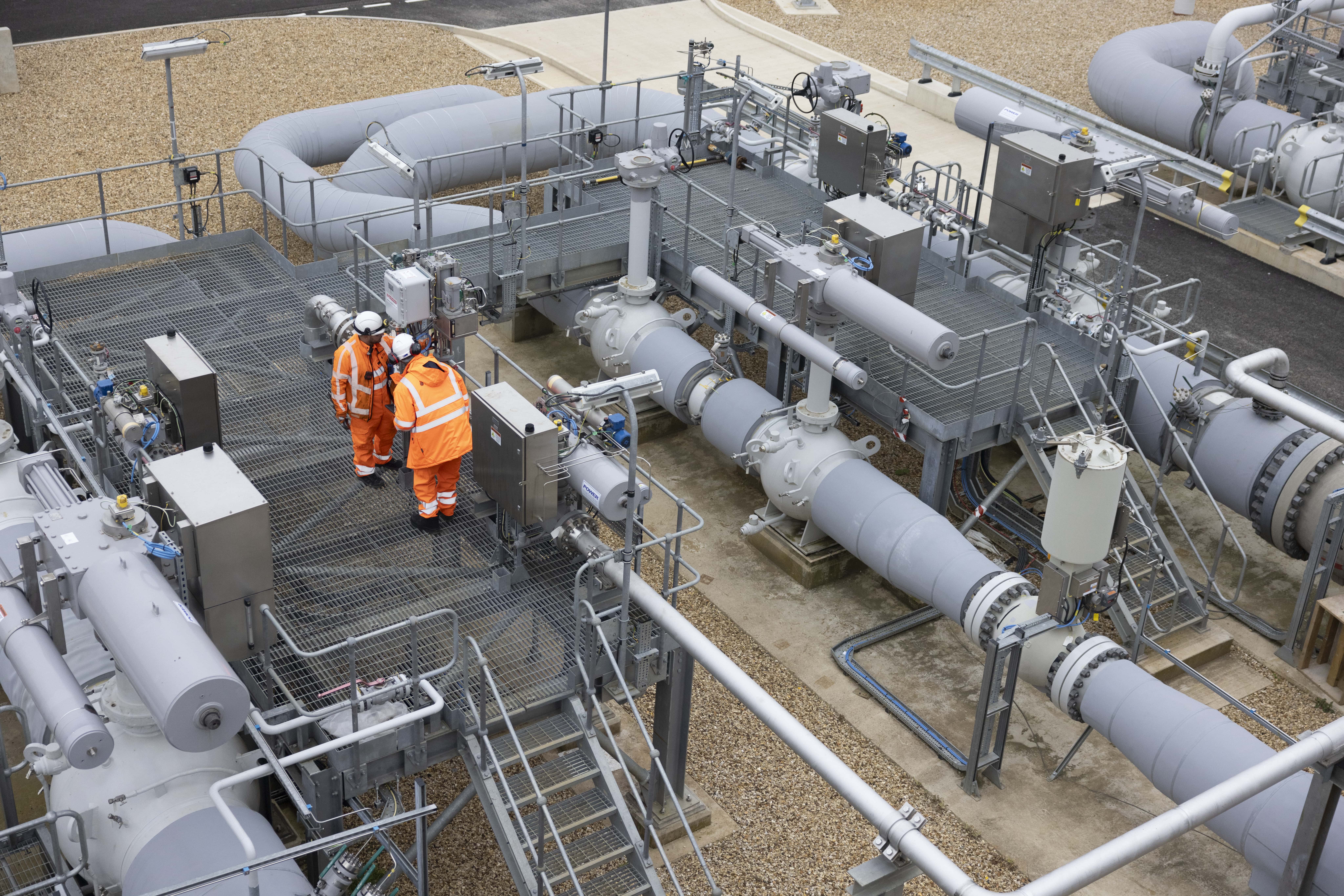14th April 2023
Impact of hydrogen and hydrogen blends on linepack

We're investigating the impact that 100% hydrogen and blends of hydrogen will have on linepack in the NTS.
To meet the target of net zero by 2050, we’re examining the feasibility of transitioning our network to carry hydrogen – a greener alternative to natural gas.
The National Transmission System (NTS) today is made up of around 7,500km of high-pressure pipeline and provides a resilient supply of natural gas to homes, businesses, and industry. Repurposing our network to transport hydrogen is a central focus of our innovation portfolio.
Natural gas is currently stored as linepack within the NTS, for use during periods of peak energy demand. Linepack describes the total volume of gas contained within the system and is measured in millions of cubic metres.
Calorific Value refers to the amount of energy contained within a gas. Hydrogen has a Calorific Value that is around three times lower than natural gas, which means that the energy content of the linepack would be different in a hydrogen network. Alongside this, transporting 100% hydrogen and varying blends of hydrogen is also likely to affect the way linepack is measured and calculated.
We’re currently running a desktop study that investigates the impact that 100% hydrogen and blends of hydrogen will have on linepack in the NTS, to highlight the key challenges and enable future work to be carried out looking at potential solutions. This includes exploring the feasibility of incorporating hydrogen storage methods into the NTS, to increase linepack capacity.





